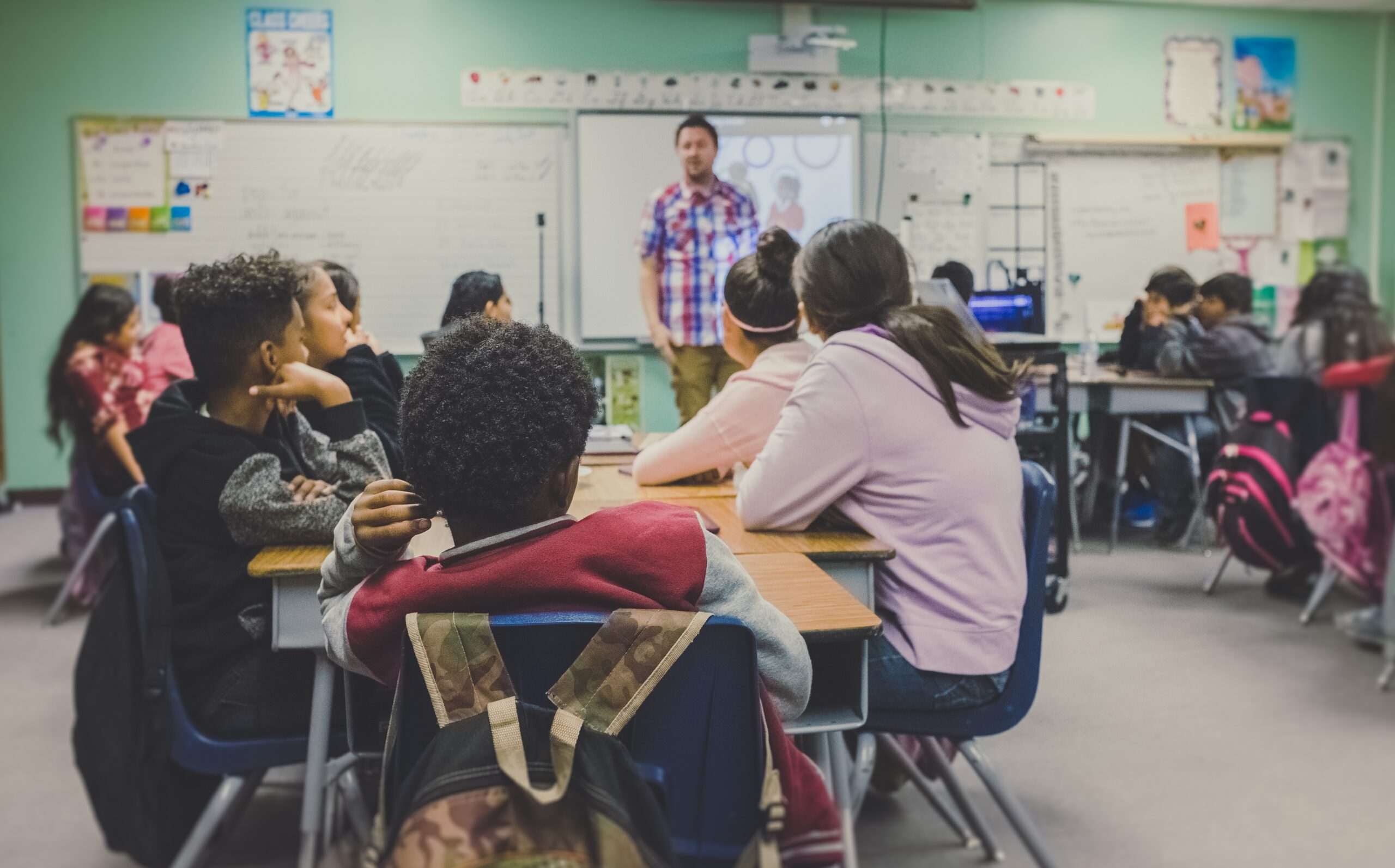Americans Across Communities Share Concerns About Their Public Schools
From pandemic woes to social challenges to culture clashes to educator shortages, public schools have been working under extreme stress these past four years. This is showing up in the way Americans perceive their neighborhood public-school system, according to the American Communities Project/Ipsos 2023 Survey. More than a third of Americans gave their public schools a fair or poor rating. Ratings were worse in rural communities of color. Across all 15 community types, underfunding or underinvestment was the top concern voiced, followed by too much demand or strain, such as staff shortages.
Parsing Grim Perspectives in Rural Communities
Nationally, 25% of Americans gave their public-school system the rating “only fair,” and 10% rated it “poor.” On the positive end, 14% of Americans said their system was “excellent” and 44% said it was “good,” according to the survey.
Chronically underinvested communities of color in the rural Plains, South, Southwest, and Alaska — the Native American Lands and the African American South — were the most dissatisfied with their public-school system: Just 42% of Native American Lands said it was excellent or good; 43% of African American South communities said the same.
At the same time, both community types had the largest shares of residents who said their neighborhood public-school systems were poor. In the young Native American Lands, 22% called their school system poor. In the African American South, 17% said so. Working Class Country, mostly white, low-income communities concentrated in Appalachia, was close behind, with 16% of residents rating their public-school system as poor.
Comparatively, in Hispanic Centers, filled with residents under 18 and often in underserved rural areas, 51% said their system was excellent or good, while 29% said it was only fair and 13% said it was poor.
Top Concerns About School System: Funding and Staffing
As cultural clashes in public schools routinely grabbed the news headlines, Americans across communities were most worried about underfunding or underinvestment of their public-school system. Overall, 37% of Americans cited this as a significant concern, according to the American Communities Project/Ipsos 2023 Survey.
Several community types of diverse geographies and demographics reached above the average. In the African American South, 42% of residents were concerned their public schools are underfunded. LDS Enclaves, middle-income, young, Mormon strongholds in the interior West, came in the highest at 46%. Utah has four of the fastest-growing cities in the U.S., and 28 of the 29 counties in Utah are classified as LDS Enclaves. Economically stratified Big Cities and lower-income Working Class Country were tied at 41%. Middle Suburbs, often stagnating communities around Rust Belt cities, as well as more transient College Towns and Military Posts came in at 38%.
In the related question of whether there’s too much demand or strain (not available when you need it, staff/worker shortages, etc.), 27% of Americans said this was a significant concern. Again, some community types surpassed this average. Highest were the LDS Enclaves at 38%; Military Posts, with many government employees and transient residents, and diverse Big Cities were tied at 31%.
Inexperience or insufficient training, which has drawn more attention in the churning, post-pandemic environment, was a significant concern among residents in the Evangelical Hubs at 25% and the African American South at 24%. These areas in the South and Midwest are also known for lower educator salaries and poor infrastructure. The national average stood at 18%. Most community types hovered around the average. The exception was Rural Middle America, middle-income, homogeneous communities across the country’s upper tier, where 10% of residents said inexperience was a significant concern.
Not Significant Concerns: Racial and Gender Discrimination
Notwithstanding the national media's focus on racial and gender bias or discrimination in public schools, just 10% of Americans said racial bias or discrimination in their neighborhood public schools was a significant concern. In the African American South and Big Cities, home to larger populations of Black residents, 16% and 14% residents held this view. Gender bias or discrimination was less of a concern, with 7% of Americans citing the issue as significant. In the affluent Exurbs and lower-income Evangelical Hubs, two less racially diverse community types where there have been some intense cultural battles, 9% of residents said gender bias or discrimination was a significant concern.
It’s also worth noting that 39% of Americans said none of the issues above — underfunding, strain, inexperience, racial discrimination, or gender discrimination — was a significant concern in their neighborhood public-school system. For a mix of suburban and rural communities — the Urban Suburbs, Rural Middle America, and Exurbs — at least 44% of residents held this view.
